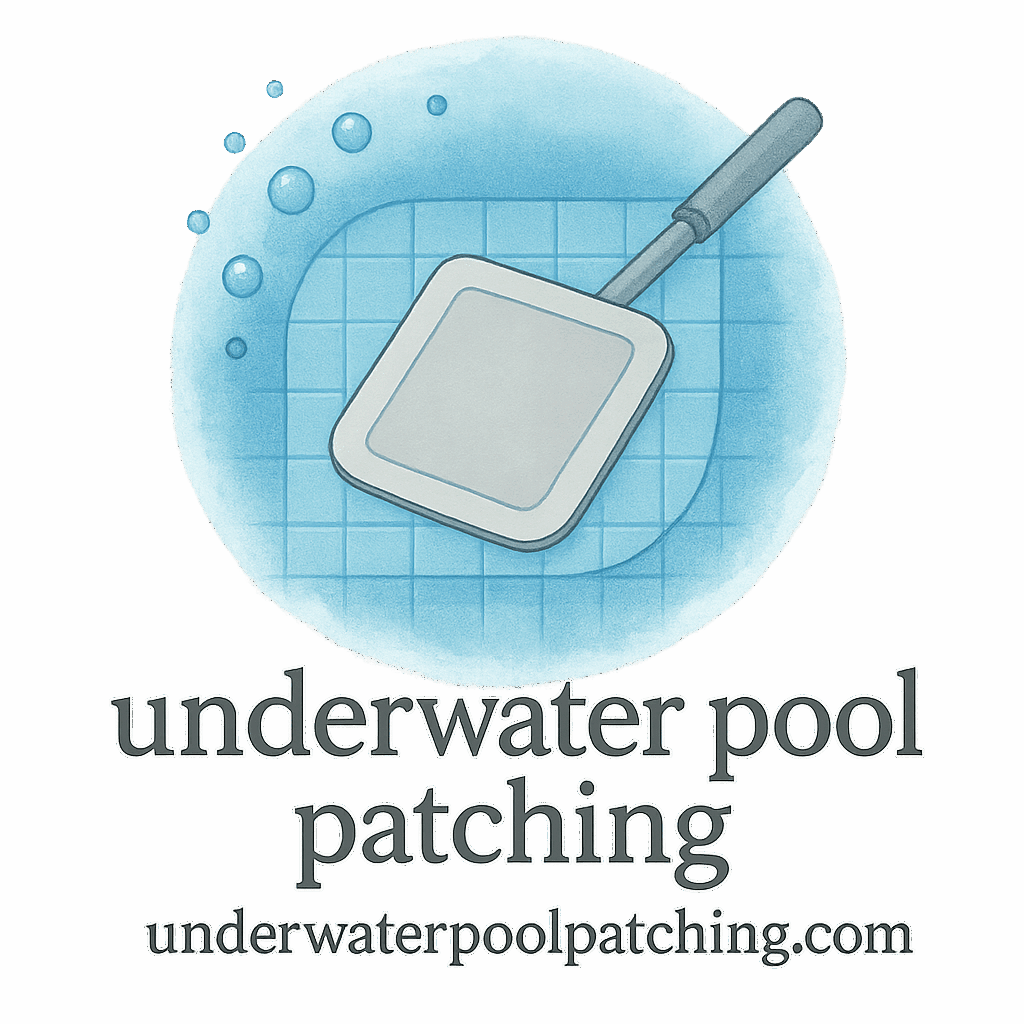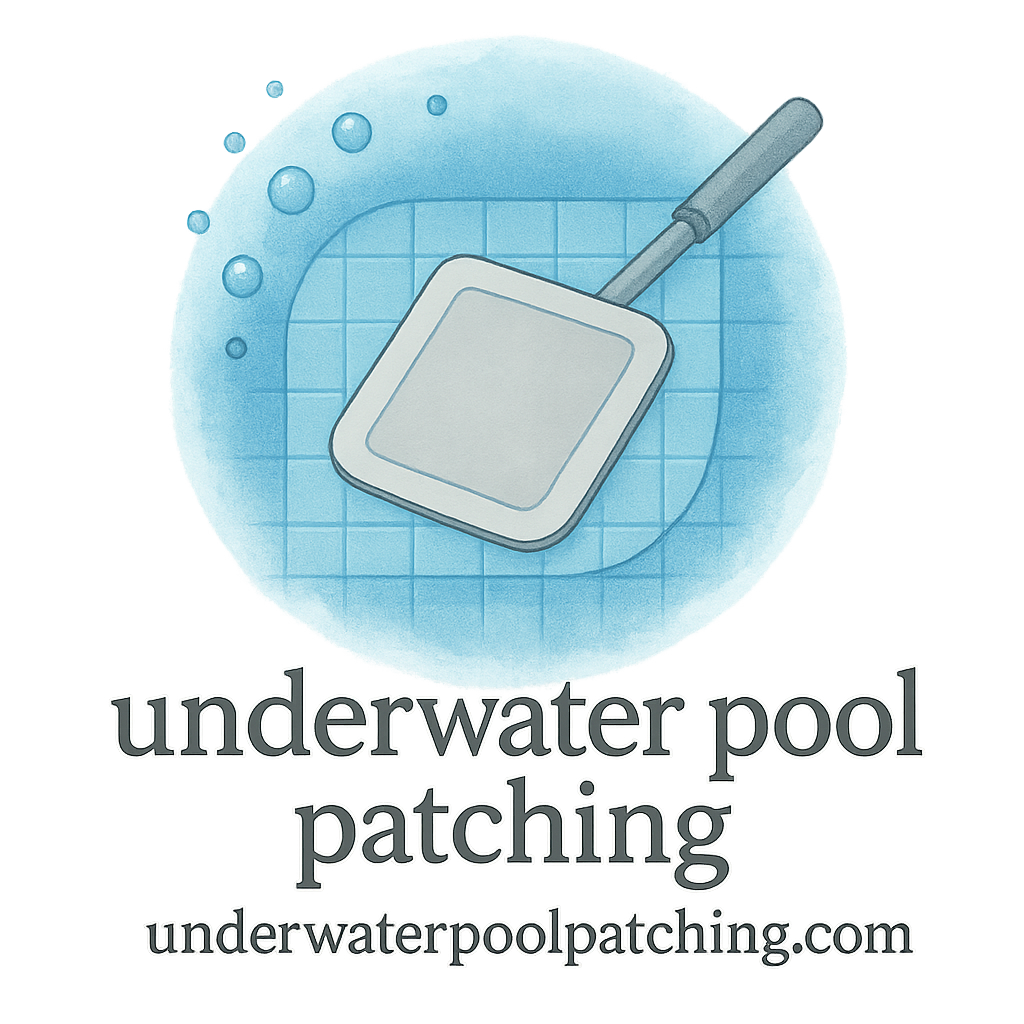Introduction
Owning a pool is a joy, but let’s be honest—it also comes with a fair share of responsibility. You might already know the importance of applying repair tips and patching techniques to fix pool issues. But what about after that? What happens once you’ve patched a crack, sealed a leak, or restored a damaged surface? That’s where prevention kicks in. Without proper follow-up, those “fixed” problems can come back stronger than ever.
In this guide, I’ll walk you through 7 practical ways to prevent future issues after application tips for pools. Think of this as your step-by-step pool care roadmap—designed to save money, extend the life of your pool, and keep the water safe and sparkling for years to come.
Why Preventing Pool Issues Matters
Prevention isn’t just about avoiding headaches—it’s about making smart, long-term choices for your pool investment.
Extending the Lifespan of Your Pool
Your pool is more than a fun summer hangout; it’s a valuable property feature. Regular maintenance and preventive measures protect pool surfaces, liners, and equipment, ensuring they last longer.
Saving Money on Costly Repairs
Skipping prevention often leads to expensive restoration. For example, a small leak left unchecked could turn into a complete liner replacement. By following cost-saving strategies, you can keep repair bills manageable.
Maintaining a Safe and Healthy Swimming Environment
Proper upkeep prevents bacteria, algae, and unsafe chemical levels. Remember, clean water isn’t just about looks—it’s about protecting swimmers’ health.
Way 1: Regular Pool Inspection
One of the smartest steps you can take after applying pool repair tips is scheduling regular inspections.
Spotting Small Problems Early
A quick check can reveal early warning signs, like cracks or fading patches, that may expand if ignored.
Leak Detection and Pressure Tests
Leaks are silent pool killers. Running a pressure test or hiring a pro for leak detection ensures no hidden water loss.
Surface and Patch Inspection
Look closely at repaired areas. If you see peeling, rough edges, or discoloration, you may need re-application. Learn more about proper inspection and diagnosis.
Way 2: Proper Water Chemistry Maintenance
Water balance is like the “immune system” of your pool. If ignored, it can undo even the best patch job.
Balancing pH and Chlorine Levels
Keeping your pool’s pH between 7.2 and 7.8 helps chlorine work effectively. Too acidic or too basic water can weaken patch materials and damage equipment.
Preventing Algae and Bacteria Buildup
Shock treatments and algaecides should be part of your maintenance plan. Algae growth often sneaks into patched areas first, so stay vigilant.
Way 3: Routine Cleaning and Debris Removal
Think of cleaning as your pool’s daily workout—it keeps everything in shape.
Skimming, Brushing, and Vacuuming
Leaves, bugs, and dirt not only make your pool look uninviting but also affect patch durability. Regular brushing prevents algae from clinging to patched surfaces.
Maintaining Clean Filters
Your filter system is like your pool’s liver—it removes toxins. Backwash sand or DE filters regularly, and clean cartridge filters to avoid clogs.
Way 4: Protecting Pool Patches and Repairs
After applying patching techniques, you can’t just “set it and forget it.”
Understanding Patch Types and Materials
Different patch types and materials have different lifespans. Vinyl, epoxy, and cement patches require unique care routines.
Edge Finishing and Smoothing for Durability
If patch edges aren’t smoothed properly, water flow may peel them off over time. Mastering good edge finishing helps patches hold up longer.

Way 5: Seasonal Maintenance and Prevention Plans
Seasons change, and so do pool needs.
Preparing Pools for Winter or Off-Season
Winterizing involves lowering water levels, adding antifreeze, and covering your pool. Skipping this step can lead to cracked patches or pipes.
Scheduling Routine Checks
Adopt a maintenance plan that includes monthly and seasonal checkups. Routine diagnosis reduces the risk of sudden failures.
Way 6: Budgeting and Cost-Saving Strategies
Money doesn’t grow on trees—but smart budgeting can stretch your pool dollars.
Creating a Pool Maintenance Budget
Set aside funds for chemicals, inspections, and unexpected fixes. Use resources like cost budgeting to plan ahead.
Using Cost-Effective Patching Techniques
DIY repairs may save cash in the short term, but sometimes professional methods bring longer-lasting results. Check out our budget tips for striking the right balance.
Way 7: Hiring Professionals for Critical Repairs
Not every job is a weekend DIY project.
When to DIY vs. Call a Pro
Small cosmetic issues? Sure, go DIY. But if it involves structural cracks or recurring leaks, call an expert. Knowing the difference is crucial.
Benefits of Expert Diagnosis and Restoration
Pros bring advanced tools like dye tests and cameras. Plus, their experience ensures long-lasting repair and restoration results.
Conclusion
Preventing pool issues after applying repair tips isn’t rocket science—it’s about consistency, awareness, and smart choices. By inspecting regularly, balancing water chemistry, keeping things clean, protecting patches, planning seasonally, budgeting wisely, and knowing when to call in the pros, you’ll safeguard your pool investment for the long haul.
Think of it this way: a pool is like a car. You wouldn’t just fix a flat tire and ignore oil changes, right? Give your pool the same attention, and it will serve you faithfully for years.
For more in-depth guides on underwater pool patching, check out our resources here.
FAQs
1. How often should I inspect my pool for issues?
At least once a month, but after major storms or heavy usage, inspect more frequently.
2. Can poor water chemistry damage my pool patches?
Yes! Acidic or unbalanced water can eat away at epoxy or vinyl patches.
3. Is DIY patching as effective as professional repairs?
DIY works for minor fixes, but professional patching ensures better longevity for big issues.
4. What’s the best way to extend the life of a pool patch?
Smooth edges, proper application, and regular cleaning around the patch.
5. Should I hire professionals for leak detection?
Absolutely. Tools like pressure tests are best handled by experts.
6. How much should I budget yearly for pool maintenance?
On average, $1,200–$1,800 per year, depending on size and usage.
7. What’s the biggest mistake pool owners make after repairs?
Ignoring follow-up care. A repair is just the first step—prevention keeps it effective.


